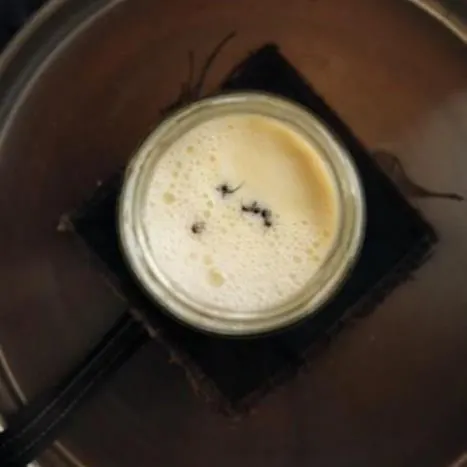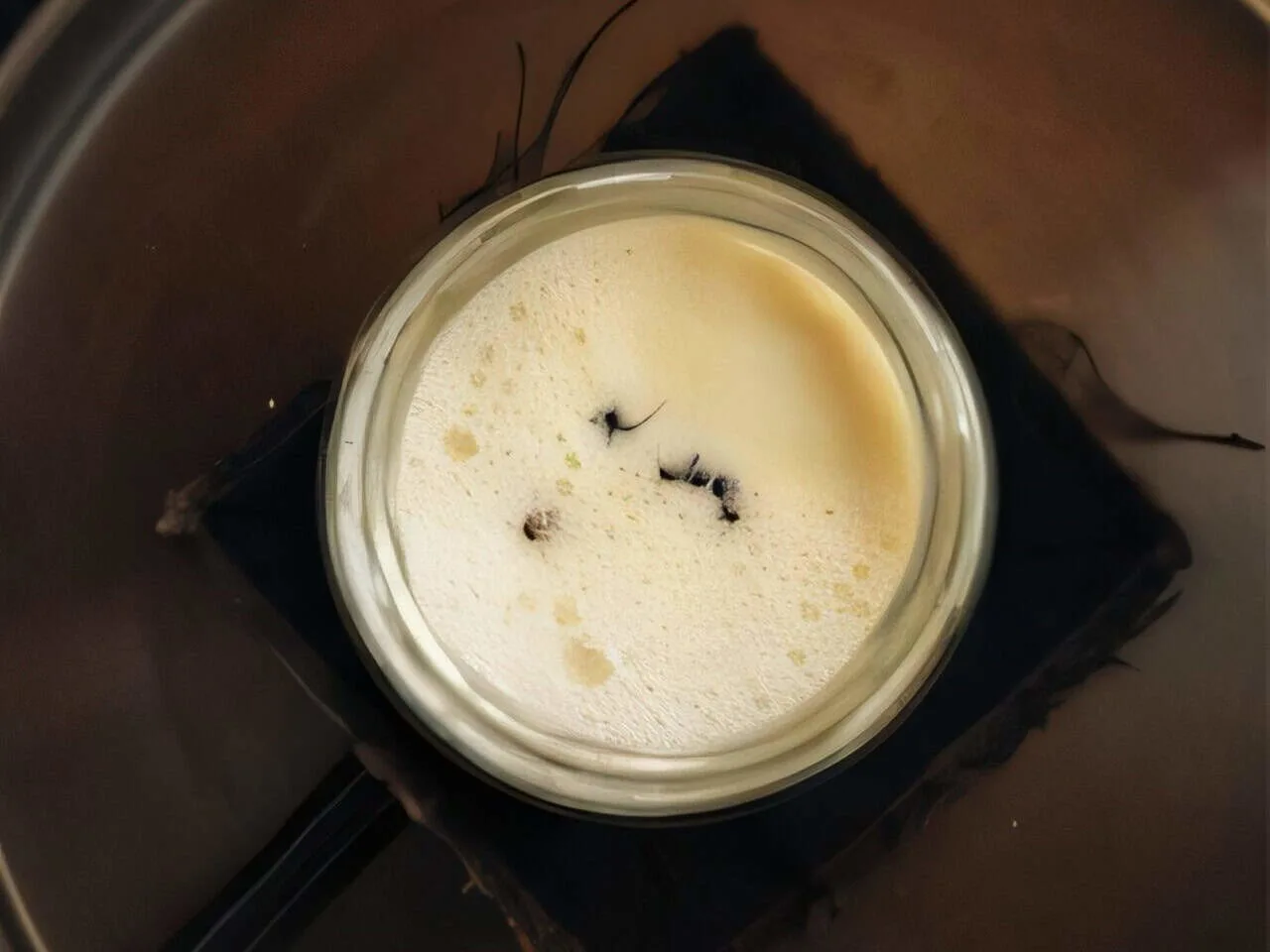Researchers have successfully recreated a centuries-old Balkan and Turkish method of making yogurt by using live red wood ants as a natural fermentation starter, rediscovering a technique that offers a richer microbial diversity than modern industrial processes.

October 6, 2025

Source:
The Microbiologist
Ancient Fermentation Method Revived
Scientists have brought a centuries-old tradition back to life: making yogurt with live ants. This forgotten technique, once common in the Balkans and Turkey, uses red wood ants to ferment milk, a process documented by researchers working alongside Bulgarian villagers who recalled the practice.
The Traditional Process
The method involves placing live ants into a jar of warm milk. The container, often covered with cheesecloth, is then nestled into an ant mound to ferment overnight. The ants are removed before the yogurt is consumed.
This research, detailed in publications like ScienceDaily, highlights the scientific validation of what was once considered mere folklore. Anthropologist Sevgi Mutlu Sirakova was instrumental in tracing the custom in her ancestral village, providing the cultural context for the scientific exploration.
Keep up with the story. Subscribe to the PR+ free daily newsletter

Source:
ZME Science
The Science of Ant Fermentation
The key to this unique yogurt lies in the ants' microbiome. Unlike industrial yogurts, which typically rely on just two bacterial strains (Lactobacillus delbrueckii subsp. bulgaricus and Streptococcus thermophilus), the ants introduce a vast and diverse microbial community to the milk.
A Broader Microbial Spectrum
These microbes, along with the ants' natural formic acid and digestive enzymes, work together to acidify and ferment the milk. According to a report in Phys.org, this rich biodiversity is what creates the yogurt's distinctive characteristics.
Flavor and Texture
The resulting product is far from standard. It is described as having a unique sensory profile:
Taste: Slightly tangy and herbaceous.
Flavor Notes: Reminiscent of grass-fed fat.
Texture: Thick and complex.
This contrasts sharply with the standardized flavors of commercially produced yogurts, offering a more complex and location-dependent taste experience, as noted by Popular Science.
Read More

Source:
http://en.ara.cat
Share this news:




















